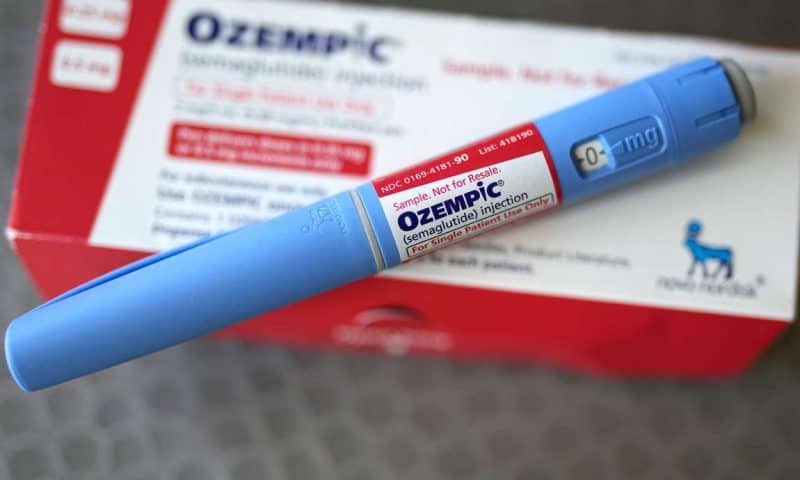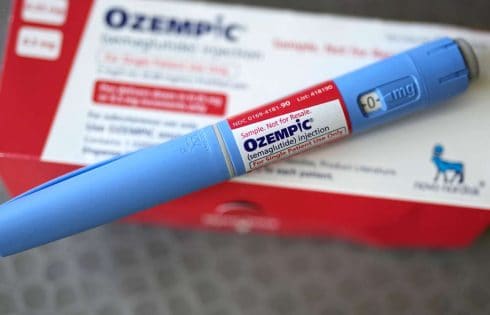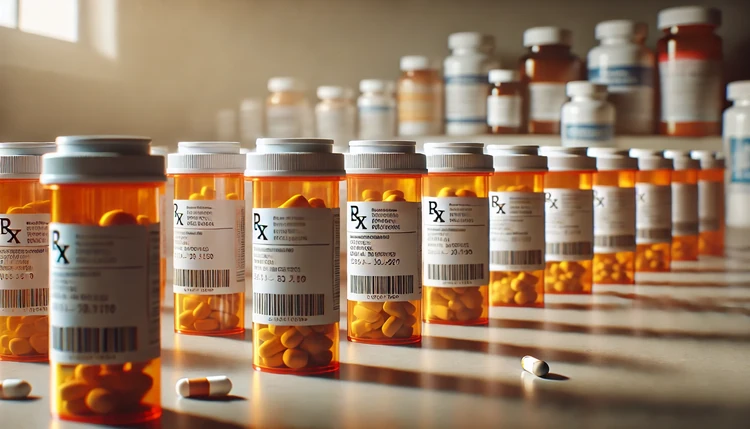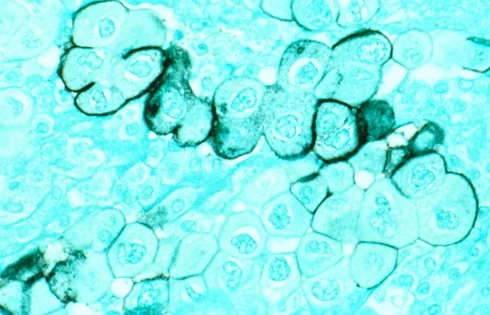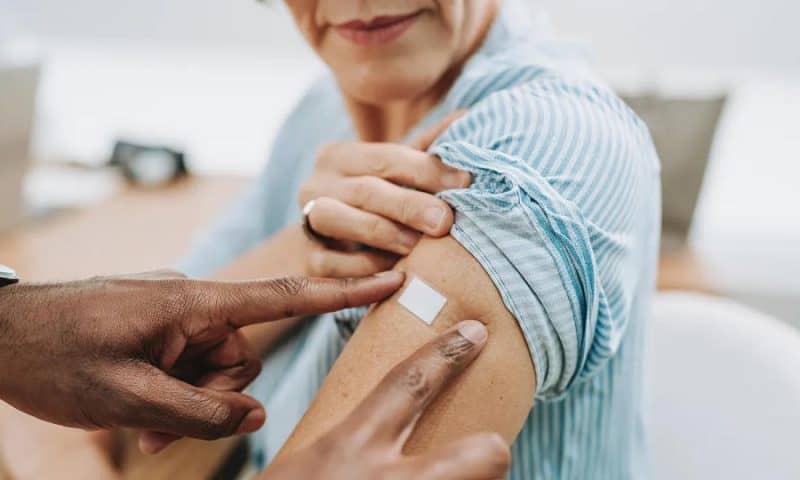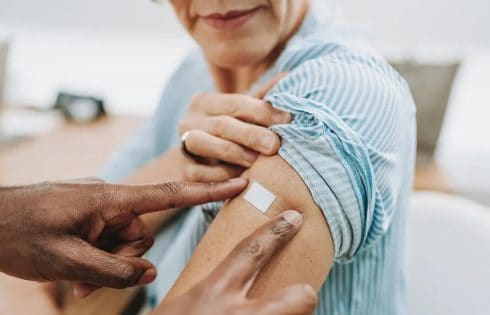
If you don’t personally know a narcissist, you can likely think of a few celebrities or politicians who display entitlement, lack empathy and crave constant admiration.
Grandiose narcissists, also known as overt narcissists, are particularly notorious for their inflated sense of self-importance and relentless need for attention — traits that may match the description of someone you just thought of. Unlike covert narcissists, who mask their behavior with self-pity, grandiose narcissists rely on charm and manipulation to thrive.
Now, a new study has found grandiose narcissists are not only more likely to feel ostracized but are also genuinely excluded more often than those with less egocentric personalities.
The study, published Thursday in the Journal of Personality and Social Psychology, examined 77,000 participants across multiple studies, controlled experiments and real-world scenarios, to identify why narcissists experience higher levels of exclusion.
How narcissism and exclusion fuel one another
Narcissists often display disruptive behaviors in social settings, such as aggression or arrogance, that increase the likelihood of others distancing themselves over time. These self-absorbed individuals are also highly sensitive to social status and ambiguous cues, making them more likely to perceive exclusion even when it’s not happening, according to the study.
“There’s a very thin-skinned quality to narcissistic people, so if they even get a whiff that they are being left out, they’re going to be acutely aware of that,” said Los Angeles-based licensed clinical psychologist Dr. Ramani Durvasula, who treats people with narcissistic personality disorder and has written several books on the topic, including “It’s Not You: Identifying and Healing From Narcissistic People.” “It’s picking up a glance or not liking a social media post.”
However, Durvasula, who was not involved in the research, noted these perceived slights are usually unintentional — someone may simply be too busy to engage with a post or look away without realizing it.
But when narcissists overreact to perceived acts of ostracism, friends, family members or colleagues may start avoiding them out of concern for their behavior.
To navigate relationships with narcissists, Durvasula recommends a strategy known as disengagement — intentionally withdrawing contact or interactions. Narcissists often interpret this behavior as exclusion, but it may be necessary for your mental health.
Nevertheless, these actions create a destructive cycle identified in the study that explains how narcissism and ostracism fuel each other.
Narcissists tend to view themselves as victims when they feel ostracized. This victim mentality intensifies their antagonistic behaviors, pushing people even further away, said Christiane Büttner, lead study author and social psychologist at Switzerland’s University of Basel.
“This suggests that ostracism doesn’t just affect narcissists in the moment — it might shape their personality development in ways that perpetuate future exclusion,” Büttner said.
While the new study examined individuals who scored high on narcissism tests, it did not specifically focus on those with pathological narcissism, Durvasula noted. She said she believes the effects of narcissism and exclusion would be even more extreme in individuals with clinical narcissistic personality disorder.
The study also found that individuals who exhibit narcissistic rivalry, viewing others as competition and acting more aggressively, are more likely to be ostracized than those with high levels of narcissistic admiration, who seek attention and status in socially engaging ways rather than isolating themselves, Büttner said. This pattern is particularly common in workplace dynamics.
“There’s actually a natural social perceptiveness narcissistic people have, which is why they can be quite successful in leadership and business,” Durvasula said.
However, narcissists typically only use this skill when it benefits them and blame others in most situations.
Narcissistic behaviors need to be addressed early on. This proactive approach is challenging because schools can attempt to enforce anti-bullying policies to counteract such behavior, but outside of the classroom, social exclusion is harder to control, Durvasula said, pointing to the example of a child not being invited to a birthday party.
“I think that anti-bullying practices should be just as much about anti-ostracism behaviors to look out for the kid who may not be fitting in with peers as well and monitoring the situation,” Durvasula said.
If children don’t receive therapy for narcissistic traits, it becomes increasingly difficult for them to change as they enter adulthood, and narcissistic tendencies may intensify over time.
To improve, narcissists need consistent intervention through therapy. Therapists must also be mindful of developmental traumas, childhood environment, attachment issues and any other psychological factors that may have shaped their narcissistic personality, according to Durvasula.
“Usually the (final straw) that gets a narcissistic person to therapy is either sadness or anxiety, but they will still often pin it to something happening outside of them,” Durvasula said. “My boss is never fair to me, I can’t get promoted, I don’t have enough money, my spouse is mean to me.”
Social skills training or cognitive behavioral therapy could help narcissists challenge assumptions that people are excluding them, while doing deep breathing exercises or mindfulness meditation and reframing negative thoughts could help them develop healthier coping mechanisms to prevent future ostracism, Büttner said.
Handling a relationship with a narcissist
The study primarily examined examples of narcissism in the workplace, but Durvasula said dealing with a narcissist in a family or friend circle is often more challenging due to the deeper emotional history involved.
Whether you’re navigating a work or personal relationship with a narcissist, Durvasula suggests empathic disengagement or yellow rocking, a strategy of remaining pleasant and polite in their presence without overperforming or sacrificing your mental well-being to satisfy them.
Narcissists in work and personal relationships create challenges for others who have to manage their disruptive behaviors and pick up more responsibilities because they can’t rely on them.
In work settings, this might look like a narcissist colleague not pulling their weight in a team of five. Other team members may hesitate to confront this person for fear of the reaction, ultimately picking up their share of the work instead, Durvasula said.
Family members face similar challenges, often creating backup plans to avoid last-minute chaos, as they can’t rely on a narcissist to follow through on commitments, such as picking someone up from the airport.
As for when to disengage fully, Durvasula said it’s a personal decision. Some people may need to cut ties after just a few negative experiences, while family members might tolerate behavior for years or even decades from some narcissists.






